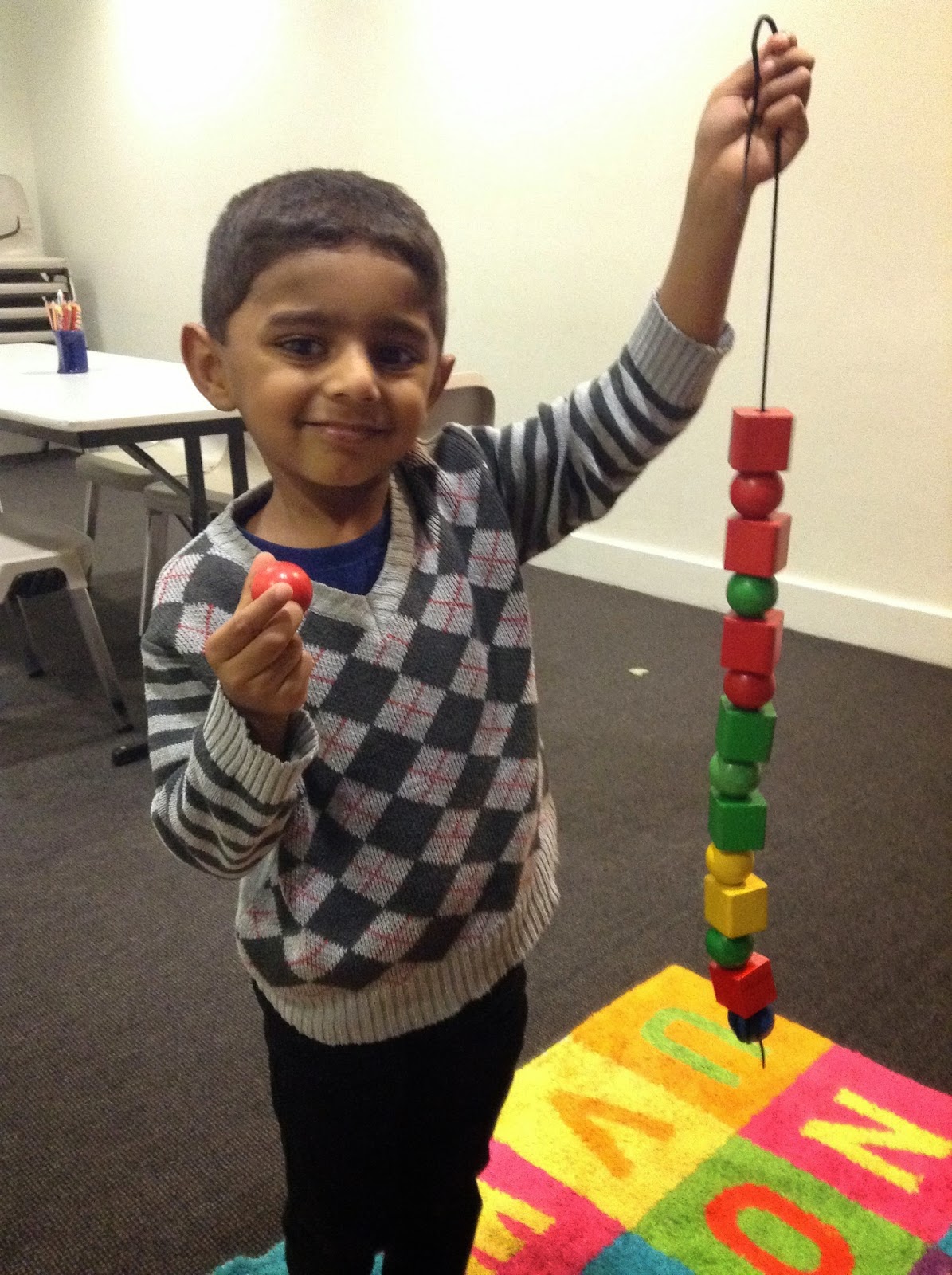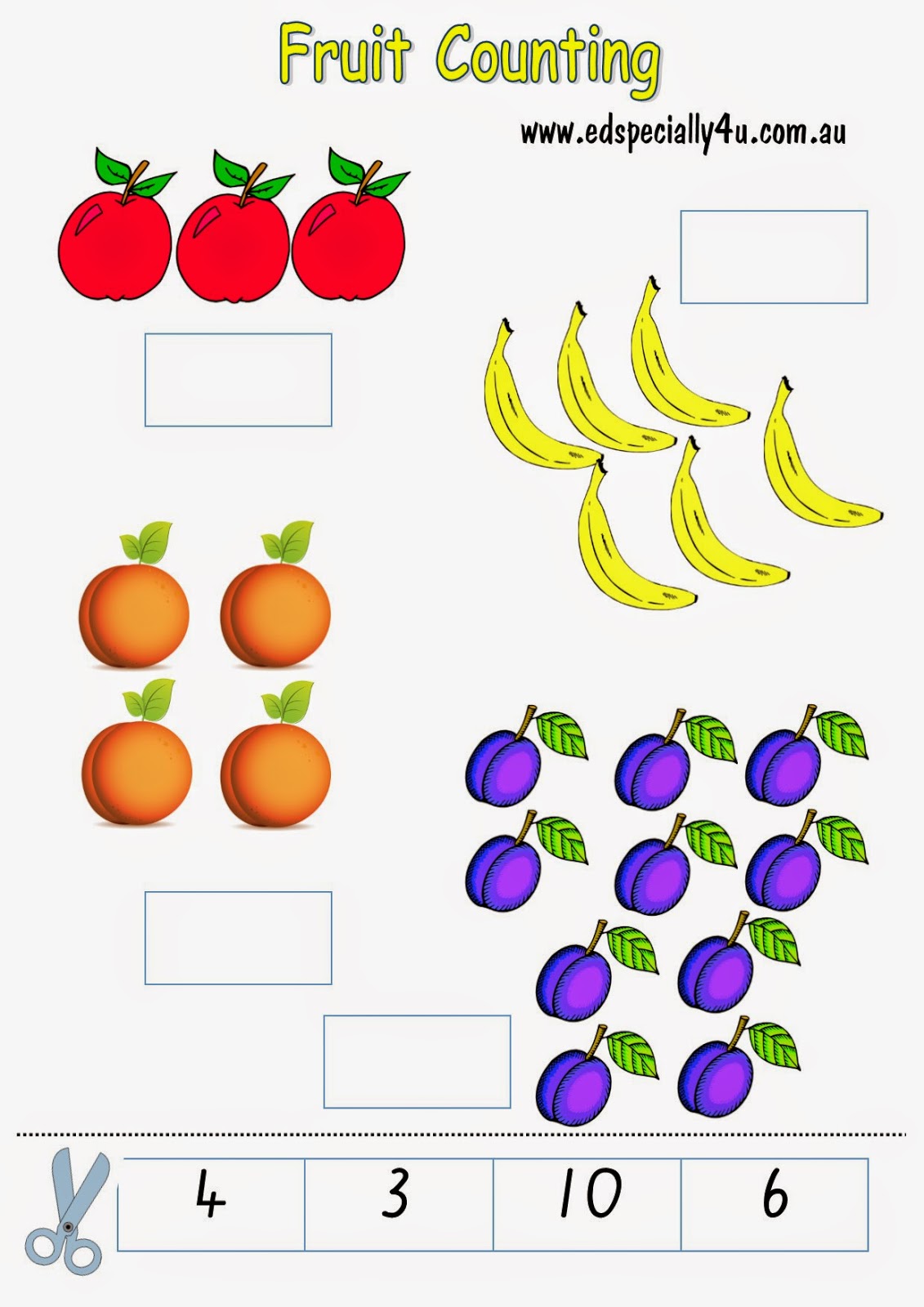School holidays are upon us again! As usual we can't believe how quickly Term 3 has flown.
It has been an amazing term of learning. As teachers we love watching our students progress in this term. A lot of confidence has been gained.
Our students are familiar with the structured learning routine now and have gained confidence in their own ability to complete the tasks.
The holidays are a good opportunity to enjoy these new skills with your child. So I thought I would compile 10 easy activities you can try at home:
1. Rhyme: Share books with your child that enjoy the rhyming sounds.
Our favourite is always Dr. Seuss' 'The Cat in the Hat'
Really any of the Dr. Seuss books are tremendous for reinforcing rhyme sounds.
Usborne books are always great for reinforcing rhyme with books such as 'The Fat Cat on the Mat and other tales' Phil Roxbec Cox and Stephen Cartwright
Mem Fox is always a fantastic choice for rhyming books (especially great as she is an Australian author!)
Where is the Green Sheep? 10 Little Fingers, 10 Little Toes, A Giraffe in the Bath, Possum Magic, Boo to a Goose and The Magic Hat are all books that feature throughout our program and may be stories that your children are familiar with
There are many other great options that you can access. When you are enjoying the book with your child- make sure you reinforce the rhyme sound. Are they able to continue the rhyme by changing the beginning sound of the words. ie. cat/hat/mat/fat/pat/sat/rat etc.
2. Nursery Rhymes and Finger play songs:
There is a reason that these songs/rhymes have stood the test of time. They teach early literacy skills while the children are having fun! It is easy to assume that your child might be tired of these, but if you revisit them during these holidays, you will probably find they love singing these with you.
3. Fairy Tales: these holidays are a great time to talk about some Fairy Tales with your child. It is surprising that a lot of children start Kindergarten without knowing fairy tales. You could take some time to enjoy this.
4. I spy: this is a great game especially if you are spending time travelling a bit of distance. A great way to reinforce the beginning sound in words - remember at this stage, it is best to refer to the sound instead of the letter name, ie. I spy with my little eye.....something beginning with /t/ (rather than saying the letter name T)
5. Make your own book: This is a fun activity. You could choose to make an alphabet book - revising all of the letters that we have learnt this year: amstifdroglhucbnkve. Children can draw pictures, or find photos on the internet that start with these letter sounds.
6. Reading with Understanding (Comprehension): As always, enjoy sharing books with your child. Now is a good time to start to develop some comprehension strategies. Comprehension is essential for reading competence and is often a reading skill that is not taught at this age. In our School Readiness classes we reflect on comprehension, so reading at home is an ideal time to build on this skill.
- make connections- how does that make you feel?, how would you feel if you were that character? has this ever happened to you? does this remind you of something? how is this different to what you do?.........
- question - I wonder why they are doing that? I wonder what is in the lunchbox? I wonder where they are going? .........
- predicting - make a prediction to work out where the text is leading to. Predicting assists with reading skills.
- review - the text. Talk about what has happened in the story, what was the sequence of events
Of course, at this age reading for enjoyment is very important. You should not try to incorporate all of these comprehension strategies into every book that you share with your child. Use some of
7. Fine Motor Fun: Throughout our program we spend time each week developing the children's fine motor skills through playdough, cutting, shaving cream, ripping paper, threading and art/craft activities including painting, gluing and stamping.
During the school holidays you might like to work on some of these strategies with your child as well.
 |
| Shaving Cream Play |
 |
| Gluing |
 |
| Stamping |
 |
| Scissor Skills |
 | |
| Playdough creation |
 | |
| Playing with tongs |
.jpeg) |
| Threading |
8. Writing Practice: Now that our students are doing so well with their name writing. They could practice writing their name on their own and forming the letters independently. Our program will introduce surname writing to the Ready 4 School students in Term 4.
8. Numbers: Offer your child opportunities to count.
Shopping for fruit and vegetables is a great activity for reinforcing counting skills. Ask your child to gather 5 pears, 4 apples, 3 bananas, 10 carrots etc.
You could extend this activity by creating a fruit book at home. Each fruit or vegetable can be drawn and the corresponding numeral written with it. For example: 1 banana, 2 apples, 3 pears, 4 oranges etc.
Try this worksheet for some extra number practice:
9. Play: Give your child lots of opportunities to play during these school holidays. Play is the basis of all good learning at this early age. Make sure your children enjoy play opportunities such as gross motor (play equipment at the park is perfect for this), make believe and construction play is so important. Play with your child when you get the chance. Role play how to speak with each other, how to share and take turns. These skills are invaluable when your child reaches school.
Have a great time and play with your child, as well as making arrangements for play opportunities with children at the same age. Some of our school readiness students have organised play dates with their class friends during these holidays, a fantastic chance to work with your children on these essential play skills!
 | |
| Dress up and Role Play |
 |
| Construction Play |
10. Relax and Have Fun: School holidays are meant for FUN. Allow your family to relax and enjoy these two weeks. Precious time with your family is the best educational experience for your child. Happy, confident children need time to enjoy themselves and relax in their own environment.
We are so proud of our clever students. We hope that you all have a fantastic holiday, we look forward to working with you next term
For the Love of Learning
Donna































 (photo from the product)
(photo from the product)















.jpg)